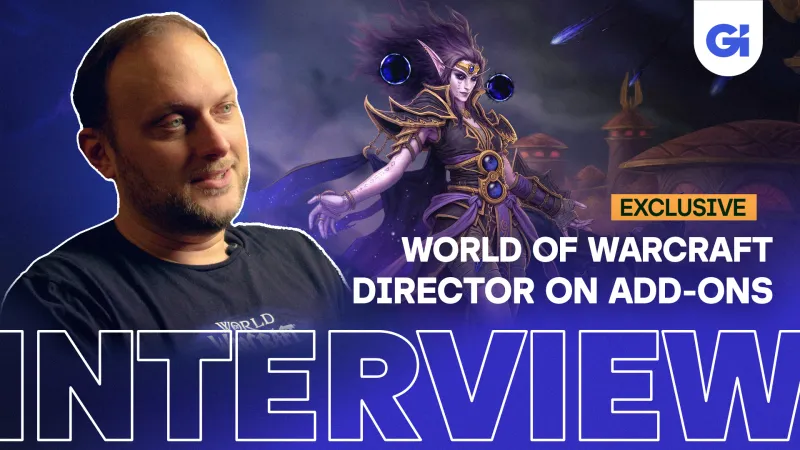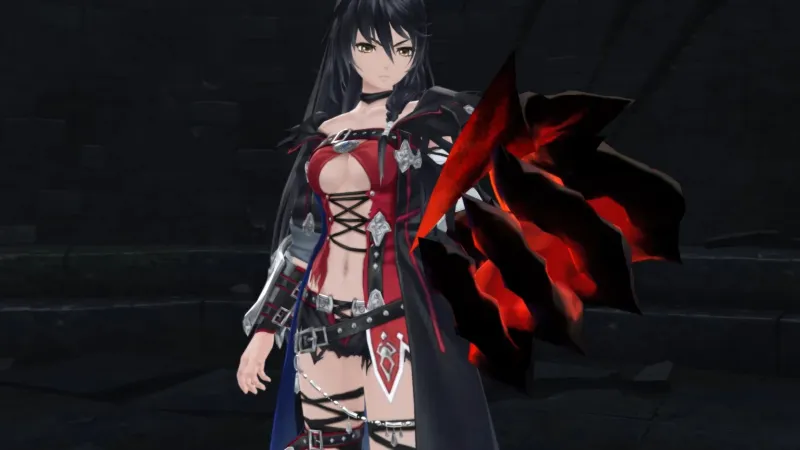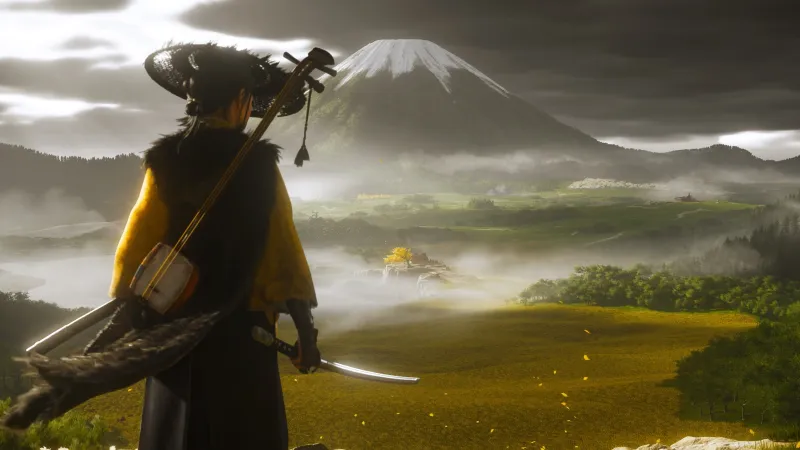With Dragon Quest VII Reimagined gracing the cover of Game Informer, and it being the first time a Dragon Quest game has ever done that, I spoke to series creator Yuji Horii for 90 minutes to write a retrospective that subscribers can read here. Humbly, it’s a (very good) deep dive into the creation of Dragon Quest, the development of its many sequels, how Horii feels about the franchise today, including the upcoming Reimagined remake, and so much more – if you aren’t subscribed yet, you can do so here.
While I plan to keep the bulk of the information learned from this interview in that retrospective, I want to break out some aspects of it, starting with Horii’s journey to making the first Dragon Quest. Enjoy!
How Yuji Horii Created Dragon Quest
Horii began his career as a magazine writer, including his own column in Weekly Shōnen Jump, a popular manga publication. He saved up his money and, by age 27, had enough to purchase a computer. It was with this computer that he began “dabbling in game development,” he tells me. Around that time in his life, Enix Corp, as it was called before merging with Final Fantasy maker Square to create Square Enix in 2003, hosted a game development contest – Horii won an award in it, “and that’s actually the beginning of my career as a developer,” he says.
On this personal computer, Horii played a game called Ultima 1: The First Age of Darkness, a primitive RPG by today’s standards but one that, when viewed, can be seen as a clear inspiration for RPGs like Dragon Quest, Final Fantasy, and more. “That really inspired me,” Horii says. He remembers thinking, “If I make a game like this, it’ll surely become a hit.” Unlike Ultima, which was a PC game, he wanted to create something like it (or like Wizardry, another game he mentions as inspirational) for the Famicom, with its 64-kilobyte limits. Specifically, he wanted to use Ultima’s 2D dungeon system (versus Wizardry’s 3D approach) and combine it with Wizardry’s “character growth” (which we now call RPG elements today) to create something new for this new Nintendo console.
“Within that limitation [of the Famicom], I wanted to make something that would resonate with people,” he says. “[…] I was really fascinated by the interactive nature of computer games. I wanted to create a game that was really story-focused, or had a heavy story element, because that would surely be an interesting product.”
That product Horii had in mind would become Dragon Quest, and he quickly got to work, drawing maps, cities, and even the world’s citizens on paper before fleshing out the main scenario in his head. However, this initial foundation and his computer prowess could only get him so far – to turn Dragon Quest into a real game, he needed two more people.
The Dragon Quest Trio
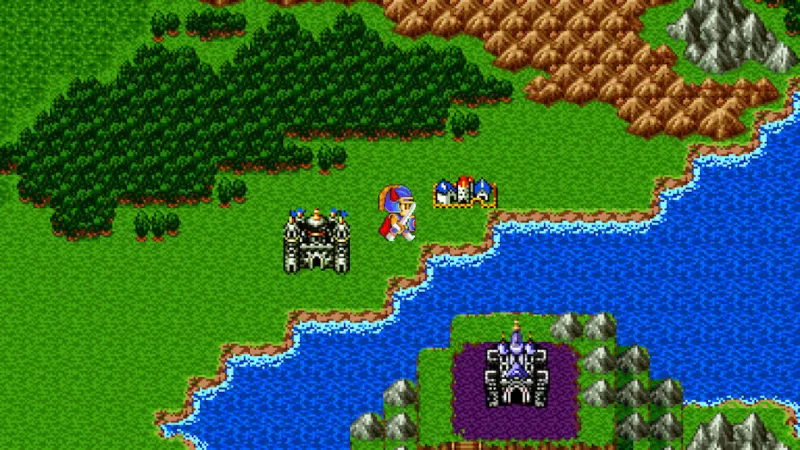
Horii recalls how the person who would become the lead character and monster designer of the Dragon Quest series became involved.
“[There] was a staff member [at Weekly Shōnen Jump] named Torishima-san, who was also the assigned editor of someone named Akira Toriyama,” Horii says, adding that Torishima told him this Toriyama person wanted to work on a video game. Familiar with Toriyama’s art, Horii reached out to him and the rest is history.
Though you might associate Akira Toriyama as the visionary creator of Dragon Ball and Dragon Ball Z, Toriyama is the man responsible for the visual style of Dragon Quest. Sure, his excellent on-paper art didn’t translate precisely into the 8-bit visuals of Dragon Quest – how could it? – but it created the vibes (and some amazing box art, too), and those vibes run like blood through the series, even today, more than a year after Toriyama’s untimely death.
Just as crucial to the Dragon Quest puzzle as Horii and Toriyama is Koichi Sugiyama, who, prior to Dragon Quest, was already renowned outside of games for his work in movies, TV, anime, and other fields.
Back in the ’80s, Square released a Shogi (Japanese chess) game and afterward, it sent out a survey postcard to everyone who purchased the game. Sugiyama responded to it, saying he was an enthusiastic player. People throughout Square took notice – “Isn’t this guy a famous composer?” Horii remembers thinking. Horii and the team used the opportunity to speak to Sugiyama and get him involved in Dragon Quest, and again, the rest is history. Unfortunately, Sugiyama died in 2021 at the age of 90, but like Toriyama’s art, his music defined a critical aspect of Dragon Quest, and I imagine it will continue to do so long after his death.
The First Quest

Dragon Quest launched on the Famicom in Japan on May 27, 1986, and it hit the Nintendo Entertainment System in North America three years later in 1989…except with a new title: Dragon Warrior.
“Way back then, when it originally released outside of Japan, we weren’t able to use the name Dragon Quest; we had to do Dragon Warrior,” Horii says. If you look at the U.S. box art for Dragon Warrior, you’ll notice it features box art different from the Japanese release, too; noticeably, without Toriyama’s art.
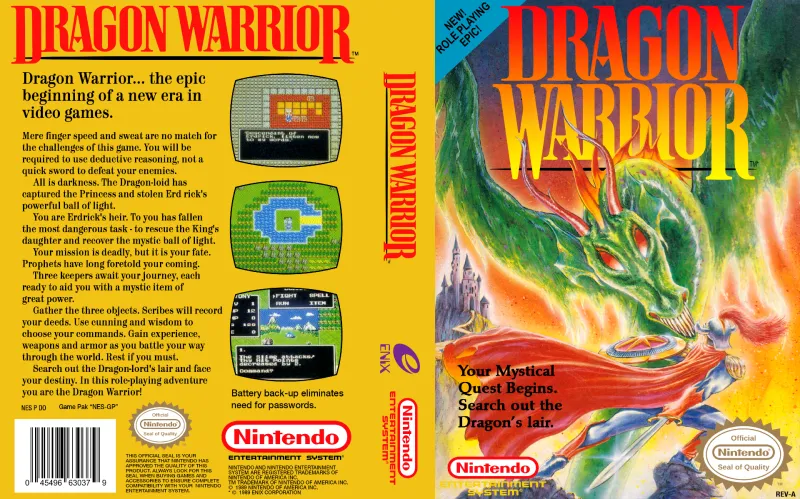
Dragon Quest is arguably the quintessential JRPG, a term some Japanese developers have balked at, but one Horii gladly accepts. It is a 2D fantasy game with a protagonist named Hero who must save the world by defeating monsters and evil in turn-based combat. “I’m just really happy to see everyone feel that way and have this sentiment toward the Dragon Quest series as a whole,” Horii tells me when asked about Dragon Quest’s place in the halls of RPG greats. “Attaching that story element to an RPG was considered a fresh perspective at the time, and I think that’s what really made Dragon Quest stand out from other game titles.”
Dragon Quest, the first official Japanese version, has sold 1.5 million copies, according to this sourced Fandom chart, with Dragon Warrior selling roughly half a million copies.
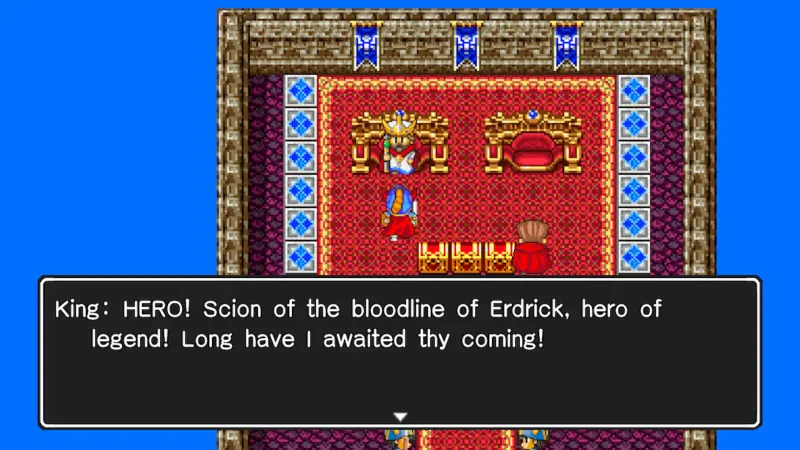
With Dragon Quest’s success, the team officially got to work on its first-ever sequel, Dragon Quest II: Luminaries of the Legendary Line, though Horii tells me he was already working on it before that greenlight; in fact, the team was busy making DQII before the first game even launched, “so I guess yeah, we were pretty confident.”
I spoke to Horii about DQII and the rest of the series’ sequels, but to read about his thoughts on those games, you’ll need to check out my full Dragon Quest retrospective here.
Dragon Quest VII Reimagined launches on February 5 on PlayStation 5, Xbox Series X/S, Switch 2, Switch, and PC.
While waiting for its launch, check out this article breaking down everything in the Dragon Quest VII Reimagined issue of Game Informer, and be sure to subscribe here if you haven’t yet to access the Dragon Quest VII Reimagined cover story, our deep dive into Dragon Quest history with creator Yuji Horii, and so much more. Here are some other stories to check out:



